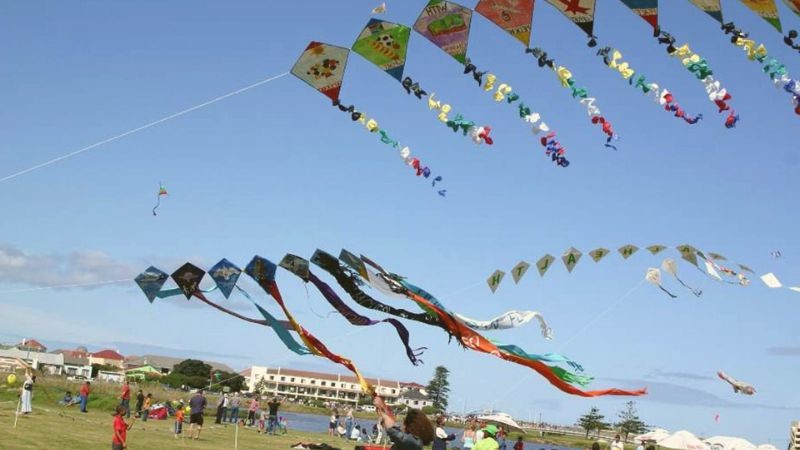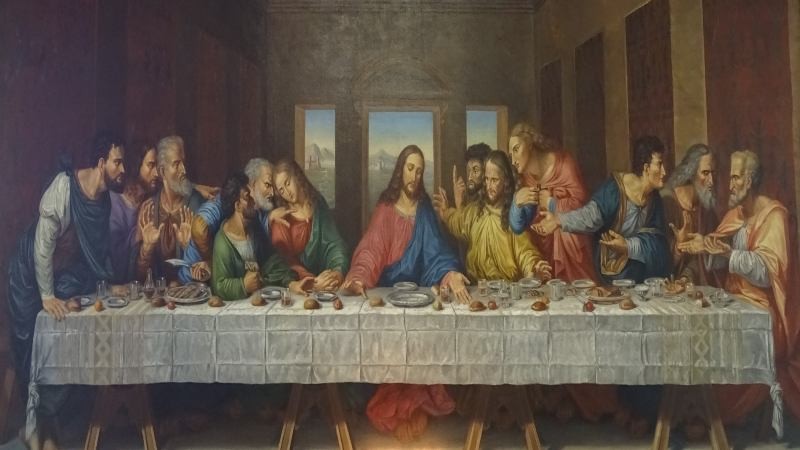
What is Makar Sankranti?
Makar Sankranti celebrates the arrival of spring and the conclusion of the long, chilly winter months. Before Makar Sankranti, the days are shorter and the nights longer. During Makar Sankranti, the sun begins its ascent toward the northern hemisphere, resulting in longer days and shorter nights.
It is a celebration of the transition. As the seasons change from a harsher to a warmer climate, it is a signal of hope and optimism. Makar Sankranti marks the end of the winter solstice and the beginning of the summer harvesting season. Dedicated to the God of the Sun, it brings blessings for a fruitful six months ahead.
Makar Sankranti - All Quick Overview
- Category:Religious
- Where It’s Marked: India
- Why It’s Marked: Makar Sankranti follows the solar calendar and is a worldwide Hindu celebration.
History of Makar Sankranti
Literally, the word Sankranti means "movement". Seasonal change, agriculture, overall livelihood, and life itself are all strongly correlated with where the sun is with respect to the earth. So, we can clearly tell that Makar Sankranti has significance both in theological and geographical aspects. Let’s know about it one at a time.
According to Drik Panchaang, for auspicious events, it is best to wait until 40 Ghatis, about 16 hours for native Indians, have passed after Makar Sankranti. The celebration includes taking a bath, breaking fast (Parna), and presenting Naivedhya to Lord Shiva, as well as performing other rituals.
Hindu mythology says Goddess Sankrantiput has put an end to the demon Sankarasur on this day. The Hindu Calendar Panchanag provides all information regarding the exact day, appearance, attire, and rituals of Sankranti.
If Makar Sankranti happens to occur after sunset, all the activities shift to the following sunrise. Therefore, it is recommended that all the ceremonies be performed in the daytime.
Now comes the geographic aspect. Makar Sankranti is significant because it is the day on which the day and night are measured according to the solar calendar. Because of the sun's angle on Makar Sankranti, the days get longer and warmer.
It is the day when northern hemisphere residents can mark the period of time when the sun is getting closer to them by looking at its northward route. This may have occurred because it signaled the start of the harvest season.
How to Celebrate Makar Sankranti
Even though Makar Sankranti is a holiday celebrating the harvest, it does not limit its scope to only those aspects. With great enthusiasm and emotion, it is celebrated. Throughout various Indian states, it offers happiness, color, and delight to the entire community.
Each state has its signature Makar Sankranti celebration culture. But there are some customs that are practiced in most of the communities. Let’s get to know about some common practices of Makar Sankranti:
1. Makar Sankranti Puja
Makar Sankranti is a day dedicated to Surya Bhagwan, also known as the God of the Sun, all over the country. People offer prayers to Lord Surya by going to the temple, followed by a cleansing bath in the Ganga River. In some parts of India, Lord Vishnu, Lord Ganesha, and Goddess Lakshmi are also offered prayers.
2. Rituals
The norms of Makar Sankranti Puja vidhi (prayer rituals) are a bit different than other prayers. The Puja ritual starts with sprinkling Gangajal.
A wooden chowki is made then gradually offerings are made to the Gods, including rice, black sesame seed, Haldi, Chandan, kumkum, fruits, tulsi leaf, and flower. Farmers offer the grains they have harvested to their gods, expecting their satisfaction and blessing.
3. Food of Makar Sankranti
Makar Sankranti is famous for its wide variety of food. This festival witnesses a banquet of food items mostly prepared from harvested crops.
Puran Poli(jaggery and gram flour-filled flatbread served with pure ghee), multi-colored halwa, khichdi, til-gul laddoo (sesame seed and jaggery balls), chuda-dahi (yogurt and beaten rice), etc. are some decadent foods that are enjoyed all across India. State-wise, food preparations can be found.
4. Kite Festival
If you ever enter a kite festival, you’ll hear people screaming Kai Po Che (I have cut), as this scream represents the life of a kite festival! The louder the scream, the more exciting the game gets, as kite flying is a major part of the festival.
Communities hold kite flying competitions; they get together and fly kites with friends and family. At the end of the day, the festival brings the people of the community closer.
Countries That Observe Makar Sankranti
In India, Makar Sankranti is widely observed in most states. It does not fall under the gazetted national holidays of India. In some states, it is regarded as an optional holiday.
In different Indian states, it can go by different names and be observed in different ways. Makar Sankranti is also referred to as Khichdi in Bihar, Uttarayan in Gujarat, Telangana, Madhya Pradesh, Uttarakhand, and many other names in other states.
Interesting Facts About Makar Sankranti
Makar Sankranti is a festival of joy and fertility in general. However, here are some facts that you might have missed while knowing about Makar Sankranti:
- It is one of the rare Hindu festivals that is based on the solar cycle.
- Makar Sankranti marks the end of the inauspicious month of Mamas.
- Haldi Kumkum rituals should be conducted in a way that conjures the waves of Adi, who is dormant.
- Makar Sankranti's date changed after 100 years in 2019.
- Day and night are equally long on Makar Sankranti.
- At Makar Sankranti, families come together and bury the hatchet. It is also a time for peace.
Unique Makar Sankranti Celebration Ideas
Makar Sankranti itself is a unique festival. However, if you are looking for some more exciting activities for Makar Sankranti, we’re just about to tell you what those can be:
- Set up your own kite with a unique design and immediately get people in awe of your craft!
- Make some colorful Makar Sankranti cards and hand them out to your friends.
- Arrange a bonfire and enjoy the evening of Makar Sankranti with your loved ones.
- You can try new recipes with the harvested items. Who knows the Masterchef in you might just pop out with the laddoo you are rolling!
Makar Sankranti Quotes
Apart from wishing your loved ones Happy Makar Sankranti, you can get creative with your wishes and spread the spirit of the sun and harvesting season. Some of these quotes might come in handy!
“A beautiful, bright and delighted day, the sun entered Makar to intense the ray. Crop harvested to cheer the smiles, come together and enjoy life.”
"May you reach the sky like the kites of Makar Sankranti!"
"May the God of the sun fill your life with the beacon of rays and hope!"
FAQ
1. Which festival in India is related to kite flying?
Kite flying is related to Makar Sankranti. It is also known as Sakrain in Bangladesh. In spring, the days are long, and flying kites is a pleasant way to pass the time in the early morning sunshine.
2. Which color should not be worn on Makar Sankranti?
Black. Black is considered largely inauspicious when it comes to religious activities and festivals.
3. Is there any difference between Makar Sankranti and Lohri?
Yes, there is. Lohri takes place a day before Makar Sankranti, the longest night of winter.
Makar Sankranti Observances
| Year | Weekday | Date | Name | Holiday Type |
|---|---|---|---|---|
| 2023 | Sat | 14 Jan | Makar Sankranti | Non Public |
| 2024 | Sun | 14 Jan | Makar Sankranti | Non Public |
| 2025 | Tue | 14 Jan | Makar Sankranti | Non Public |
| 2026 | Wed | 14 Jan | Makar Sankranti | Non Public |
| 2027 | Thu | 14 Jan | Makar Sankranti | Non Public |
We constantly update the dates of holidays that keep changing every year. However, while we revise and change some dates to be accurate, if you find any errors, kindly inform us . That will mean a lot to us.



